Designing Overwatch: From Titan To Torbjorn
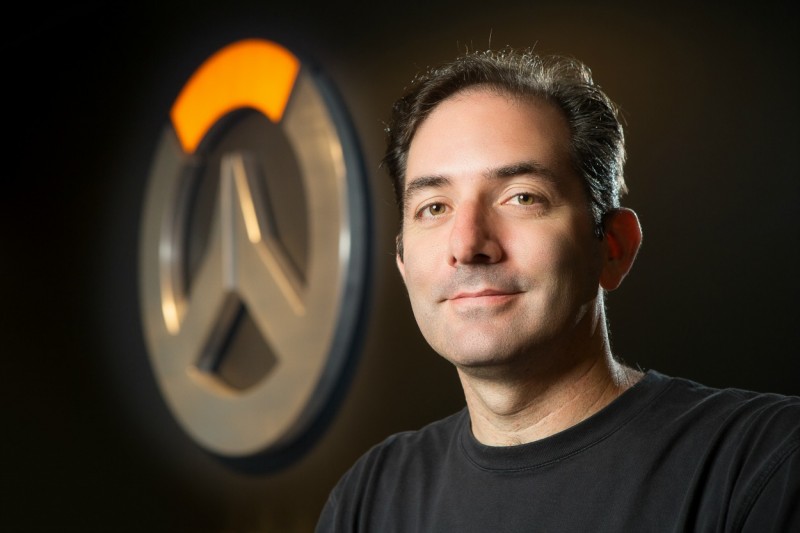
Editor's Note: The following article first appeared in Game Informer Australia Issue #81 and is written by David Milner. You can follow him on Twitter here.
Blizzard’s first new IP in eighteen years, Overwatch, is a critical and commercial hit. Sitting on a Metacritic score of 91, and earning a rare 10 from Game Informer, it amassed a staggering 10 million players in just three weeks following launch. But it could have been a very different story.
Rising from the ashes of the never-released World of Warcraft successor Titan – a “complete failure” according to those who worked on it – Overwatch was a chance at redemption for a developer unaccustomed to misfires. With Titan on the scrap heap, the team turned to a smaller, more focused game to pick themselves up.
I spoke with game director Jeff Kaplan about the team’s journey from Titan to Overwatch, building a universe beyond the scope of a competitive shooter, new content, and watching Torbjörn hammering walls during Play of the Game.
Overwatch is a critical success. Having spent many years working on Titan, a project that never saw the light of the day, how important was that positive reaction to the team?
Our team is made up of extremely bright game developers who have been doing this for a long time. There are a lot of seasoned veterans on our team and they’re very passionate about what they do. We describe ourselves as craftspeople who make games for a living, and we take what we do very seriously.
Coming off of something that was such a failure was a big blow to a lot of us. Not only did we fail in our professional craft, but when you invest yourself creatively in something for a long time, it can be very devastating to you as a creative person. So having people respond favorably to Overwatch has been very special to all of us. It’s always great when people validate you and appreciate the work that you do, but there’s something extra sweet about the appreciation that Overwatch has seen.
Developers often talk about “finding the fun.” Sometimes this happens through polish and iteration, sometimes it happens quickly with the initial concept. At what point in development did you find the fun with Overwatch?
We actually use that phrase internally all the time, and there’s a very specific answer with Overwatch. It was a milestone we set for ourselves called “core combat.” We have a number of development milestones that all of our teams go through here at Blizzard, and the teams themselves define what those milestones are going to be.
Our goal was to have one complete map, full level design and environmental art entirely complete, in addition to four playable heroes. It was the Temple of Anubis map, and the four heroes were Widowmaker, Pharah, Tracer and Reaper... and it was just an instant moment.
We would have playtests, not only for the team, but for Blizzard executives and developers from other internal teams. And it was an instant moment where everybody recognized we were on to something special. At that point it simply became, “Let’s just make more of that.”
We were in ideation in June of 2013, still trying to get [Overwatch] greenlit. We were off to the races late July or early August of 2013, and then that core combat milestone was completed by the beginning of March 2014. We were feeling pretty good about things at that point.
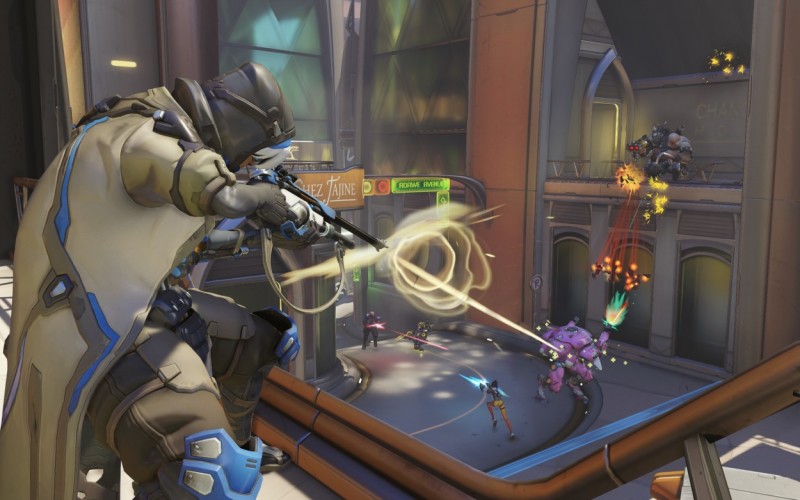
Tracer, or at least parts of her, is a surviving character from Titan. Are there any other elements salvaged from that project?
Yeah, there are definitely more, but none directly. Tracer was not actually a character in Titan. We had a class called “the Jumper” and she evolved from that.
What made Overwatch different from Titan was that instead of having generic character classes we started digging out actual characters in the fiction that would take on the persona of these classes. In fact, most of the concept work on the Jumper was always male. So turning it into a female was interesting, but giving her a country and a backstory was really where the magic started to happen.
There are others, like the Numbani map. The original concept art for Numbani was from Titan. There was an image by a brilliant concept artist named Peter Lee, who’s worked on World of Warcraft, StarCraft II – all of our franchises to some degree. He did this amazing picture of a futuristic city in Africa, but it had a really different tone in Titan.
We [then] took the story in a very different direction: it became a city of peace and harmony between the Omnics. It’s the most technologically advanced city on the planet, or one of them. We never actually built anything for Numbani in Titan – it was just a piece of art, an idea. It got carried out very differently when it saw the light of day in Overwatch.
Overwatch has a rich lore and universe, but almost none of it is overtly included in the game. It’s all in the animated shorts and on the periphery. Why did you go to such lengths with universe-building when so little of it is actually in the game?
Something we’re very proud of at Blizzard is how well Diablo, StarCraft and Warcraft have stood the test of time. We consider ourselves extremely fortunate to have these pillars that we, and our fans, have celebrated through the decades. And it’s an honour to get to keep making games in these franchises. Who would have guessed when the company was working on Warcraft or Warcraft II that someday there’d be this MMORPG or that a game like Hearthstone would get created out of it?
We take a lot of pride and have a lot of passion in world-building, and building these epic universes that our players realize are bigger than any one game could ever be.
When we started on Overwatch, we knew immediately we wanted to make a smaller-scope game – a competitive 6v6 shooter – and we wanted it to take place in a new universe. But at the same time we didn’t want to limit what that universe was to such a constrained experience. That wouldn’t allow us to do things like create animated shorts; it’d preclude us from someday saying, “What if there was another game that took place in the Overwatch setting? What could that be?”
So even though this was going to be a smaller-scope game than World of Warcraft, the story and world-building had to be equally important. Because in a lot of ways the fact that we were starting a new IP demanded that we treat it with the same reverence and respect we always have in the past. This leaves a lot of doors open for us in the future if we want to explore it in other creative ways.
How are you going to keep players invested long-term? How regularly can we expect new content?
Our hope is – and obviously we don’t want to put out a promise that we can’t deliver on, so this is a goal rather than a commitment – we can at least see something really cool every month. That will be our goal, and we’ve been tracking pretty well towards that so far. If you look at the fact that we launched in May, we put out Competitive mode in June and we put out Ana in July. We really want to keep up with that sort of pace.
It won’t always be a new game mode, it won’t always be a new hero, and we’re exploring the possibility of events in the future. So those are the types of things that we’re hoping excite players. We’ll see if we can keep up, we’ll see if that’s the right pace for players and we’ll see if we’re delivering the right kinds of content.
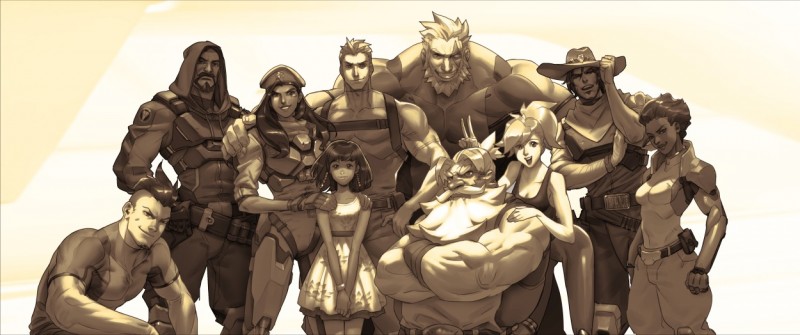
Is there the possibility that, as characters get added to the game, older ones could be retired from the roster?
We would leave the door open to that. I think the fact that we chose the business model we did – that the game comes with all the heroes and we’re giving you everything [extra] for free so far – allows us to retire a hero without feeling bad about it. But I think we have a long way to go before heroes will need to be.
One of the other nice parts about our business model is that we’re not dependent on releasing a new hero to keep development going. That means that we don’t have the pressure to release heroes when it might not be the right decision for the game; we’re able to release heroes when players are ready for something new or it’s right for the meta to shift a little bit. We don’t have to do it just because we’re trying to push the business model forward.
Play of the Game seems to be the most contentious aspect of Overwatch. How is it calculated? Is there a simple formula like, “Four Death Blossom Reaper kills beats four Bastion turret kills”?
No, there’s no simple formula. There’s a complicated formula with lots of exceptions [laughs]. Mostly what’s going on is the game tracks an internal score for each player at each second of the game, and it looks for windows where player scores spike tremendously.
Player scores can mean different things for different characters. So Zenyatta doing Transcendence and doing a tremendous amount of healing is weighted differently than Reaper doing his Death Blossom.
And then we’re also looking for other things: a Death Blossom or Transcendence happening while one of the capture points is in contention is weighted more heavily than the exact same action far away from the objective. There’s weighting and multipliers going on depending on what the match status is.
Then there’s a lot of special-case code on top of that. So sometimes there are special cases called “Life Saver.” You’ll see one called “Shut Down,” too, which happens when a player shuts down another player’s Ultimate. And in that case we’re looking at whether the Ultimate was about to do a tremendous amount of damage to a certain number of players.
So there is a basic formula, then that formula gets modified, and then there are a lot of special cases as well. It’s a feature that’s under constant development. As much as we love seeing it show up in press articles and on forums, we want to keep adding to the algorithm, making it smarter, and looking at how to show Play of the Game in more cinematic ways.
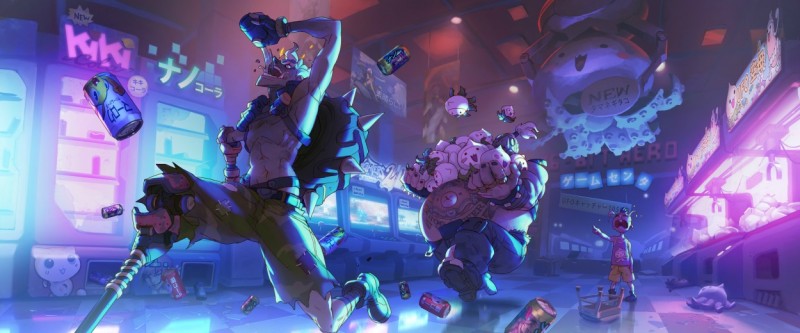
Are you talking about new camera angles?
Yeah. The great example is the one that everybody laughs at when Torbjörn’s turrets get Play of the Game and he’s off hammering a wall, or even worse when he’s just lying there dead. That’s an obvious one where we want to do some camera work to feature what actually caused the Play of the Game to happen. We think we have a lot of ideas on that front and we want to evolve the camera work.
The formula doesn’t seem to be able to recognize subtler moments that might swing a match. Things like Reaper turning around Reinhardt, allowing his team to break through, but only picking up one kill in the process – stuff that a human observer would notice. Is the goal to get it to the point where the game will recognize that sort of thing?
That totally is the goal, to try to get to the point where it’s very reliably what players would agree on – there will always be a little bit of disagreement among players, but to make sure it’s actually a really memorable moment.
I was watching one of the tournaments yesterday. One thing that was awesome was the tournament was showing replays [during a match], and one that they decided to show was the exact same that was [later] Play of the Game. That was a case where I felt pretty good about the system. It was like, “Okay, we actually made a robot do what humans would have done. I feel proud of us.” But, of course, for every one of those there’s the wacky Torbjörn ones. So we’ll try to increase the number of awesome ones and decrease the goofy ones over time.
Who is the most played and least played character in the game?
The most played character is Soldier 76, and that’s been pretty consistent since day one. The least played character is Symmetra, which has also been pretty consistent.
Soldier 76 being the most played was deliberate for a lot of reasons. A lot of the design behind him was to create something familiar to players coming from other shooters, so they could get their grounding before experimenting with some of the wackier heroes like Zarya or Zenyatta. For that reason we featured 76 in the tutorial, which we knew would be the gateway for more players playing him.
We also designed 76 in such a way that he’s nearly always a good pick. He works well with any composition. He’s soft-countered by a few heroes but not really hard-countered by anybody, and he either soft- or hard-counters a lot of other heroes. So the fact that 76 is the most played is very reassuring to us.
And with Symmetra, I think there are a lot of perception issues. She’s perceived as not useful on attack, which isn’t actually true. She gets used defensively on hybrid, payload and assault maps on the first point. On defense, people are playing her so that the defenders have a teleporter back on the first point on the map, and when the first point gets lost players will switch off of her.
So the fact that she’s our lowest played is not surprising to us. It’s exactly how players are playing her, and it’s not really an anomaly.
Is character switching happening as often as you anticipated? What’s the average amount of characters a player will use in a match?
It’s happening about as much as we foresaw and it’s happening in the ways in which we thought it would.
You see more hero swapping on teams that are losing, which means players are realizing they’re struggling and feel the need to adapt to overcome. It’s very common for a winning team to have fewer hero swaps.
Players don’t just hero swap arbitrarily, either. They usually swap to counter what they’re seeing or because they’re encountering failure. So that part is working really well.
The last time I checked, most players were doing between one-and-a-half and two-and-a-half hero swaps per match, which is about what we expected. It’s exceedingly rare that you see players get in that cycle of switching heroes every respawn, like they’re in a death loop.
What was the thinking behind not allowing players to choose a game mode or a map?
That was for matchmaking, player fatigue and path-of-least-resistance reasons. We’re already matchmaking based on ping, group size, skill rating, queue time, modes like Play vs A.I. with three different difficulties, Brawl, Competitive Play and Quick Play.
If we had to start dividing those by, “I only want to play Control,” we’re really starting to divide the playerbase a lot, and that means match quality would go down. Do you favor a player’s ability to say, “I don’t want to play Payload maps,” over the ability to get a match quickly or play on a local server? There are a lot of decisions there.
Players also tend to decide that one thing is correct. In games that have map selection, players tend to self-select down to just one map only – we feel like that increases the amount of player fatigue that can happen over time.
You’re talking about Nuketown in Call of Duty, aren’t you?
[Laughs] I didn’t say anything, but I’m glad we’re talking the same language... There is value in alleviating that fatigue through a change of environment and game mode. If players decide that the best map in the world is King’s Row and everybody just plays on King’s Row, I don’t see Overwatch being a better game.
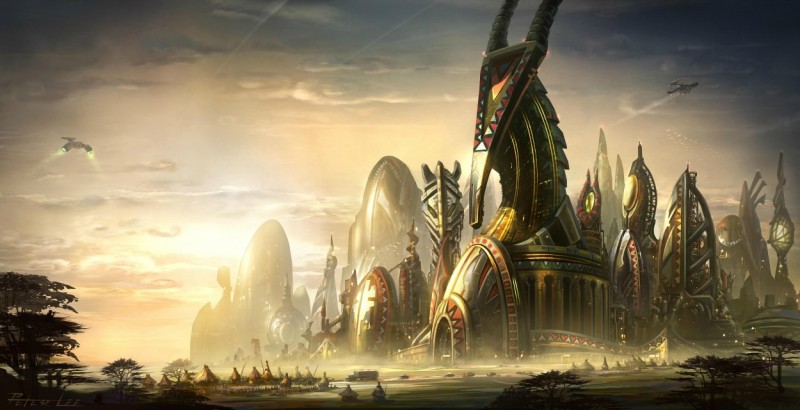
Overwatch is basically the first time in a shooter that I’ve cared more about my team winning than my kill/death ratio. How did you achieve that?
Through very careful user-interface design. We have an amazing senior game designer here named Jeremy Craig who really cared about that team focus. He was very deliberate in designing the end-of-round flow – what happens from the minute your team secures the final objective until the minute the next round starts. Every one of the screens that follows was very carefully tuned and polished.
You’ll notice that the immediate thing you see is the victorious team all standing there together in these amazing victory poses. It’s very deliberate that your entire team, win or lose, is together.
The cards that get voted on are not always the winning team and they’re not always your team. They’re to celebrate individual performance without straight up putting out what we always call “the spreadsheet” – the scoreboard with kills, deaths, assists, etc.
We realized early on that a really effective Tracer is not always getting as many kills as your best Widowmaker or McCree, but often she’s turning Reinhardt around so other people can get that great final killing blow. She’s causing a helpful distraction, and we felt like it was unfair for that Tracer player to be looked at as a liability to the team because she didn’t have the best kill/death ratio.
So there was a lot of deliberate design in the scoreboard and the end-of-round flow to get you to focus on your team winning or losing [over individual achievement]. I think we were successful in that regard. Most Overwatch players care first and foremost if their team won or lost... almost to a fault [laughs].

Get the Game Informer Print Edition!
Explore your favorite games in premium print format, delivered to your door.
- 10 issues per year
- Only $4.80 per issue
- Full digital magazine archive access
- Since 1991








